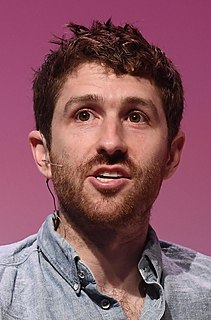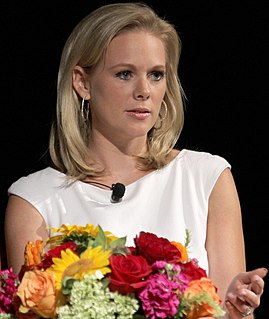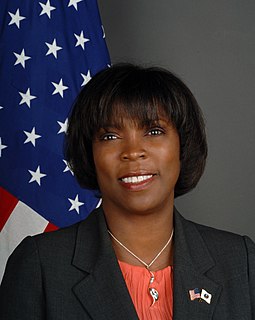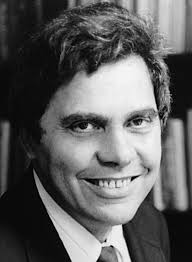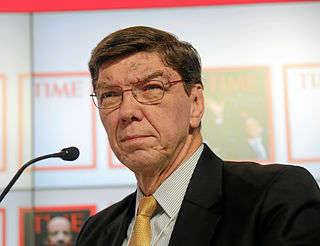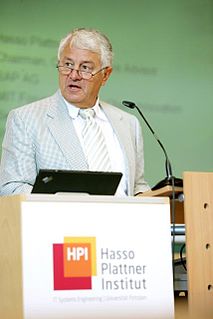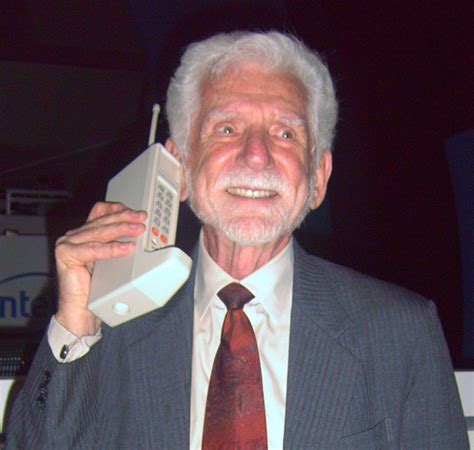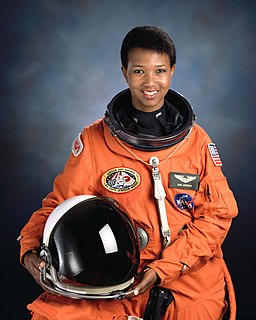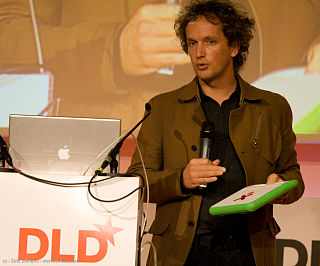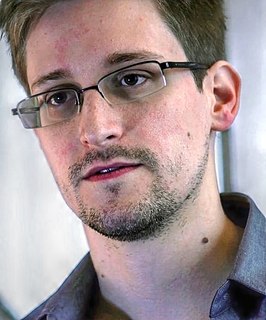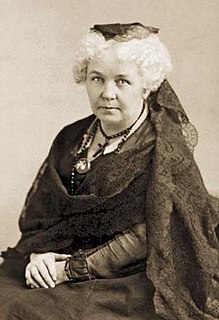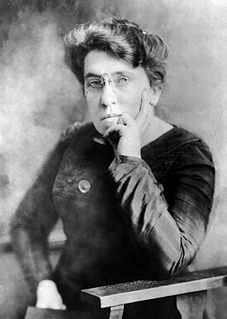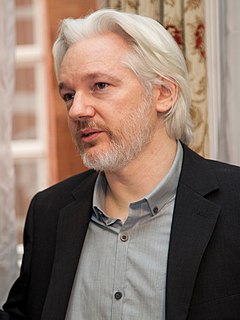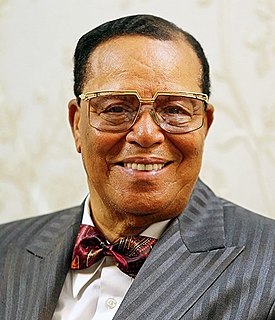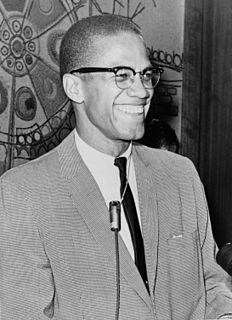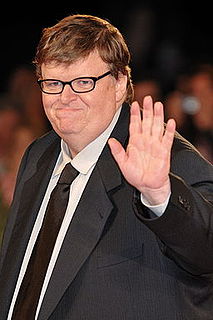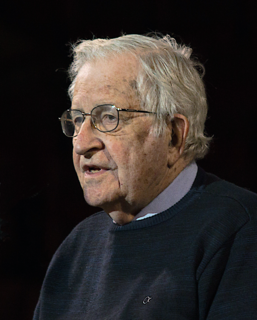Цитата Тристана Харриса
Когда я учился в Стэнфорде, я заметил, что там был класс под названием «Урок проектирования технологий убеждения», и в Стэнфорде была целая лаборатория, которая обучала студентов тому, как применять принципы психологии убеждения в технологиях, чтобы убедить людей использовать продукты определенным образом.
Связанные цитаты
Что дальше с технологиями и дизайном? Гораздо меньше думать о технологиях ради технологий и гораздо больше думать о дизайне. Искусство очеловечивает технику и делает ее понятной. Дизайн необходим, чтобы понять информационную перегрузку. Вот почему значение искусства и дизайна в этом столетии будет возрастать, поскольку мы пытаемся осмыслить все возможности, которые сейчас предоставляют цифровые технологии.
В каждую технологию встроена мощная идея, иногда две или три мощные идеи. Как и сам язык, технология предрасполагает нас к одобрению и оценке одних взглядов и достижений и подчинению других. Каждая технология имеет философию, которая выражается в том, как технология заставляет людей использовать свой разум, в том, как она систематизирует мир, в каких наших чувствах она усиливается, в каких наших эмоциональных и интеллектуальных тенденциях она игнорирует.
В начале почти каждой отрасли доступные продукты и услуги настолько дороги в владении и сложны в использовании, что доступ к ним есть только у людей с большими деньгами и большим опытом. Прорывная технология — это нововведение, которое упрощает продукт и делает его настолько доступным, что целое новое поколение людей теперь может иметь его и использовать его в начале для простых приложений, а затем оно совершенствуется до такой степени, что делает старую технологию устаревшей. .
Проведя небольшое исследование с моим агентом, мы узнали, что Klipsch является официальным партнером Colts, и они базируются в Индианаполисе, что только добавило мне уважения к компании. Я также питаю страсть к дизайну и технологиям, разработанным во время учебы в Стэнфорде, и ценю качество динамиков и наушников Klipsch.
Технология, которая позволяет многим людям одновременно использовать один и тот же радиоканал, называется технологией интеллектуальной антенны, технологией адаптивной решетки или подавлением помех. Эта технология использует компьютерные процессоры для приема сигналов от нескольких антенн в каждом месте и сортировки различных сигналов, чтобы они не мешали друг другу.
Люди всегда думают о технологии как о чем-то, в чем есть кремний. Но карандаш — это технология. Любой язык — это технология. Технология — это инструмент, который мы используем для выполнения конкретной задачи, и когда говорят о подходящей технологии в развивающихся странах, под подходящей может подразумеваться что угодно, от огня до солнечного электричества.
